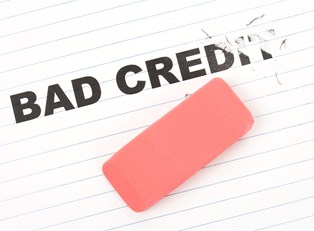When you apply for a loan, there might be some confusing words hidden in the contract. This is terminology you should know and understand before you can accept the responsibility of paying off the loan. Here is some lingo you should know before you apply for a loan.
- Annual Percentage Rate
Sometimes referred to as APR, this is the annual rate that is charged for borrowing and is expressed as a percentage. An APR includes any fees or additional costs that are associated with the loan. - Appraisal
This is the act of assessing something. This is especially used in mortgage loans in order to determine the value of the house in question. - Automatic Clearing House
This is an automatic payment that transfers from your bank account to your loan each month. You may be more familiar with automatic bill pay through a bank or utility company. This is much the same, but it goes to your loan servicer each month. - Conforming Loan
Conforming loans are mortgages that conform to guidelines set by Fannie Mae or Freddie Mac. These two companies buy loans from mortgage lenders. - Contingency Clauses
This is a contract provision that requires a specific event or action to take place in order for the contract to be valid. - Fees
Fees are payments made for various rights or services. Fees allow for overhead, wages, costs, and markup. Loans have different fees that are usually expressed in plain English. - Interest Rate
Interest is charged for the privilege of borrowing money. Annual percentage rate (APR) is one type of interest that is commonly applied to loans, and can vary depending on the lender. Another type is simple interest. This type of interest is determined by multiplying the interest rate by the loan amount by the duration of the loan. - Interest Capitalization
This is the cost used to finance the construction of a long-term asset that an entity constructs for itself. This is an addition of unpaid interest on the loan to its principal balance. - Lender
A lender is the organization or person that lends money. This is usually a bank, credit union, or other financial institution that provides funding and charges interest for the loan. - Length of Loan
Length of loan, or term loan, is repaid at regular payments (usually monthly) over a certain period of time. This can be anywhere between a few months to several years. - Origination fee
This is a fee charged by a lender for entering into an agreement. An origination fee covers the cost of processing the loan. This fee is generally quoted as a percentage that can be anywhere from 0.5% to 5% of the total amount you are borrowing. - Personal Guarantee
This is where a person agrees to be responsible for the obligations set out by the contract or the lender. A personal guarantee will usually have set consequences should the person fail to repay their loan. - Principal
This is the amount of money you have borrowed that you haven’t yet paid off. This amount determines other aspects of your loan, such as the interest charged and other fees. So, if you have a $150 loan and you’ve paid off $100, the principal is $50.? - Refinancing
This is generally when a business or person revises their payment schedule for repaying their loan. A person does this to replace an older loan with a new one that offers better options, such as a decreased interest rate. Consolidation is another term that is used synonymously with refinancing.? - Teaser Rates
This is a low, adjustable introductory interest rate that is on an advertized loan or credit card. This is used to attract potential customers. It is usually too good to be true and is far below realistic rates for the service.




